Introduction by Richard Kirton
Following on from his article in Edition 31 of ‘Small Beginnings’, Mick has now finished a separate article covering his National Service days. It makes a very interesting reading especially for people like myself who was excluded from serving in the National Service because call-ups formally ended on 31 December 1960 when I was just fourteen years old.
Mick's National Service
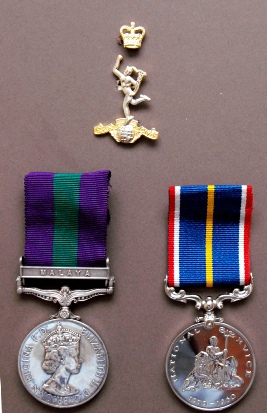 There was a time when every male at the age of 18 was required to serve 2 years in the Army, Navy or Air Force. There were exceptions – you were allowed to finish an apprenticeship or a further education course.
There was a time when every male at the age of 18 was required to serve 2 years in the Army, Navy or Air Force. There were exceptions – you were allowed to finish an apprenticeship or a further education course.
There were other exceptions – medical or mental reasons – some did try this.
I was called up in January 1957. I travelled by train to Catterick with a fellow ex-apprentice and we discussed the likelihood of staying in the U.K. or getting an overseas posting.
Getting off the train at Camp Centre with many other new recruits, we were met by a Royal Tanks Regiment Corporal. He roared out “Signals to the left Tanks to the right.” I immediately thought of the old song “This is the Army Mr. Jones”!
Basic training involved 4 weeks of marching, rifle drill, firing rifle, Sten Gun and Bren Gun under the control of a Troop Sergeant, a Drill Corporal and a Lance Corporal.
The first two were regular soldiers the third was a “just-promoted recruit” who was hoping to become a drill instructor. Unfortunately, he was one of the foul-mouthed, bullying type that were giving the army a bad press at that time.
Fortunately, one of our troop was a very large Cockney who took this chap to one side and politely told him to ”desist or else” in no uncertain manner. This appeared to work and we completed our training with a lot less fuss
I didn’t think much of the parade bit. It included trying to translate the particular “noise” that the Drill Corporal made so as we should turn right or left, or go or stop.
I wasn’t too keen on the old Lee Enfield rifle – it was a bit heavy – especially at rifle drill. I didn’t mind the Sten gun, although it was a bit basic. The only two things to remember when firing a Sten are:” Keep the gun pointing down the range” and “Keep your finger away from the cartridge ejection aperture”.
Another quirk was the magazine capacity – it held 32 rounds but if you put more than 28 in it is likely to jam. The finale of our troop’s stint was the Pass-out Parade. Instead of our Drill Corporal taking the Parade, the Drill Sergeant took over. Big mistake! Where we had learnt what the Corporal’s “noises” meant we had never heard the Sergeant’s. It was a disaster – half of the troop went one way and my half marched through the band. The look on the face of a trombone player as I passed him will be seared on my memory forever.
“Five points for the turn out – Nil points for the Drill!” became our Troop Song. We then had a weekends leave. Back to Catterick on a Line Technician’s Course. Instead of a barrack block we were housed in single storey barracks that had, reputedly, been condemned before WW2.
I had covered most of the theory on this Course during my time as an apprentice so that was no problem. Some of the equipment that we were to install and maintain was new to me.
Transistor technology was just starting to enter the Army equipment. The instructor showed us the latest piece of kit for speech and teleprinter code over the same line. It was housed in a plastic case you could easily pick up with one hand. He said that, depending where we were posted, we would probably never see it in the field.
At the end of the Course we were given our postings. Knowing that a fellow Southend apprentice was just about to get demobbed, I hoped I could take his place at S.H.A.P.E. in Paris. He had a post wandering around Europe maintaining their telecoms equipment. The main advantage was most of the gear was American and the “American Way” was used. If anything was not working properly it was scrapped and replaced.
Instead, I got 19th Air Formation Signals (AFS), which had its H.Q. in Singapore. We had to have a passport and travel as civilians. We also had to sign a declaration that we wouldn’t “do a runner” during our trip. We were posted to a Transit Camp in Chester awaiting our flight. We had a few days leave before reporting back to Chester. I remember buying a return ticket when catching the No 4 bus from Wakering to Southend it cost 1s 4p. I thought I would need this when my stint is over.
We were sent to Woolwich Barracks for various injections against any nasty bugs we may encounter and the following morning, we were coached to Stansted Airport where our Argonaut awaited us. Bearing in mind that, apart from Foulness or Canvey, I’d never been abroad or flown in a plane, this was a great adventure.
The flight took two days. We refuelled at Brindisi, Baghdad, Bahrain then Karachi where we had an overnight stop at “Mrs Minwallah’s Hotel”. The flight resumed next day to Singapore with refuelling at Calcutta and Bangkok.
An Army truck took us from the airport to Nee Soon Transit Camp situated in a jungle clearing. We were fed and allocated bed spaces in a straw “basha”. I don’t think any of us slept that night with the noise from the mosquitoes and Lord knows what from the surrounding jungle.
Next morning, we were trucked to the HQ of 19th AFS at R. A. F. Changi situated on the N.E. corner of the island. It was a relief to see some nice airy barrack blocks. We then went through the ordeal of being kitted out with our Olive Green uniforms, bedding etc and allocated a bed space in one of the blocks.
We were informed that Malaya, including Singapore, was an “Active Service Zone” because of the Communist Terrorist action against civilians and service personnel. After morning parade we “newcomers” were given lectures on the purpose of the 19th.A.F.S. and the various postings that we would receive. Later, we were presented with the General Service Medal (Malaya) as we were in an Active Service Area. The out-stations were at Hong Kong, Butterworth, or Negombo. We had a lot of spare time while all this was being decided and took the opportunity to investigate the beaches, clubs, etc. on the Island.
On 24th August 1957 Malaya was given independence. It was known as Hari Merdeka Day. We were put on standby for “anti-riot patrol” in Singapore Town. It was feared that the Communists Terrorists would riot. That was really something to look forward to, bearing in mind the gory details we heard of the atrocities inflicted by the C.T,’s. However, we were stood down as most of the Islands population had gone to the capital, Kuala Lumpur, to celebrate.
We eventually got our postings – I got R.A.F. Staging Post, Negombo, Ceylon (as it was then). Another flight to get there in an R.A.F. Valetta (also known as “The Pig”). This flight was in stages – from Changi to Butterworth, Car Nicobar and then Negombo. Car Nicobar was in the middle of the Indian Ocean and was more like a runway with an Island attached.
Negombo, about 20 miles south of Colombo, had a single runway with a control tower and various technical buildings, one of which was the Signals domain. It consisted of a telephone switchboard, workshop, C. O’s Office and System Control that was the hub of the telecom network.
The Domestic Site consisted of Billets, Hospital, Mess hall, Club, Cinema and Swimming Pool and was situated in a coconut plantation some distance from the airfield. We deplaned and were driven to the Army Sigs Billet and introduced to our C.O. and the rest of the squad. Having been allocated bed spaces we were taken on a tour of the domestic site and given a meal.
That evening we were introduced to the Clubhouse and Export Carlsberg or Tiger Beer and to some of the RAF personnel with whom we will be working. Next day it was the start of our introduction to the routine of the base. Breakfast in the Mess hall, truck to System Control, lecture from the C.O. and get on with it. Fortunately, the Army employed two local chaps in System Control, Simon and Abdul, who knew what they were doing (especially Simon). They soon got us up to speed. We mainly travelled around the base on pushbikes hired out by some enterprising locals. They also operated a laundry scheme.
Our main duties were to maintain the equipment and network within the base and the cable links to Ekala Transmitter site (a few miles south) and Colombo Observatory where meteorological information was sourced. This was sent by teleprinter to Negombo and radioed to British Forces from Ekala.
As our instructor at Catterick stated – there was no transistorised equipment in our systems. Each connection was housed in two steel boxes that took two people to lift.
The main unit in these cases was a relay, known as the 29AN Relay, which sent the teleprinter code out to line. This piece of gear was susceptible to the damp during the monsoon periods and their coils used to break down. Fortunately, one of our blokes was a coil winder before call-up and he “jury rigged “a device to hand rewind the damaged coils. No American methods here.
Unfortunately, the cable links were mainly buried lead-sheathed copper wired cables which were a source of income for some of the local population. Several times each month a section of cable would go missing and have to be replaced A.S.A.P.
This involved a gang going out to replace the missing section. There was a gang standing by every night specifically for these emergencies and one of us Line Tech’s was on duty every night in System Control to test the repaired connection. We rotated duties at Ekala looking after the terminal equipment at the Transmitter station.
I had never seen equipment like these transmitters – they were huge. The signals were carried out to the aerial farm on bare copper wires. Being part of the link between U. K. and British Forces in South Asia, the power from the transmitters was lethally high. This is why members of the R. Ceylon A.F. manned a searchlight tower every night overlooking the aerial farm. Evidently a few locals had been “fried” whilst trying to steal some of the overhead distribution wires.
We also had an ex WW2 Jeep to play with until some idiot took it out on the public road and wrote it off in a deep ditch. Ekala was a pleasant posting. There was about a dozen RAF personnel and one Army. It had a compact domestic site of a billet block, cookhouse/dining room, well - stocked club and a C. O’s bungalow. There was regular transport to and from the main base. It was about that time that I got elevated from Signalman to Lance Corporal.
It wasn’t all work – apart from duty rotas and breakdowns we only worked in the morning. This gave us time to go to Negombo Palm beach or into Colombo. Four of us Brubeck fans managed to get tickets to see the Quartet at Green House, Victoria Park, Colombo. We had a chat with them after the performance and got an autographed Programme. Dave was quite surprised to see some “Brits” in the audience. Great Man – no longer with us - but his music lives on.
.
A few of us took advantage of a week at a Leave Camp at Diyatalawa in the tea growing area. It included a conducted tour of the tea industry. I sent a parcel of their tea home. Mum said it was the best tea she had ever had.
I did manage to wangle a trip back to Singapore to go on a week “course”. It was held on Blackang Mati Island, just off from Singapore Harbour. There was a fantastic view of the shipping comings and goings. The trip out there was in a Valetta but the return trip was in a Royal New Zealand Air Force Bristol Freighter – not the most luxurious aircraft! This trip also gave me a chance to take advantage of the duty-free shopping in Changi for some of my comrades and myself.
Bristol Freighter
R.A.F. Negombo was handed over to the Royal Ceylon Air Force partway through my time there. It was renamed as R.Cy.A.F. Katunayake. At about that time, the base was used for civilian aircraft as Colombo Airport runway was breaking up. It eventually became the main airport for Ceylon.
A new base was being constructed on Gan, part of the Maldive Island chain, and approximately 400 miles south of Kat. I missed out on a turn as the Signals operative there as I was hospitalised with ‘flu. I was in Ceylon with “common or garden” ‘flu whilst people in the U.K. were suffering from Asian ‘flu.
We did get a variety of aircraft calling in at Kat. Instead of just the normal RAF stuff including a flight of 4 Vulcan Bombers on their regular UK to Australia and back patrols (ear shattering on take off) we began to get a variety of commercial flights.
It was becoming near the time for demob. The thoughts of returning to “Blighty” were tinged with a bit of regret to be leaving so many friends and such an interesting place. Still, family, home and career beckoned. We were to be transported home by troopship. The “Nevasa” was to pick us up at Colombo. It was already carrying home servicemen from Hong Kong, Malaya, East Indies and Singapore so there was not a lot of space for us. I think we got the idea that it wasn’t going to be a luxury cruise when we were ushered down to the deck just on the waterline. The photo below doesn’t really do justice to the discomfort. We were “stacked “3 high and nose to tail. Still, we were on our way home.
We called in at Aden and went ashore for a nose round – not very impressed. Then it was up the Red Sea and through the Suez Canal having taken an Egyptian pilot on board. Cameras were strictly forbidden on deck due to the “touchy” relationship over the Canal. The pilot did manage to run us aground at one point and the order came over the Tannoys to “all move over to the right hand side of the ship”. Fortunately, that worked and we resumed our journey out into the Mediterranean Sea. It was December and a bit chilly for a Mediterranean Cruise but we were looking forward to getting home. The Nevasa docked at Gibraltar for fuel and supplies and we were given the opportunity to go ashore for a few hours.
Gibraltar from “Nevasa”
It got a bit “choppy” in the Bay of Biscay – even our mess trays slid back and forth. You had to check to see if you got your own tray back. There was also a bit of “mal-de-mer”. The Captain took pity on us and extended the stabilisers which seemed to clear both problems.
We docked at Southampton to a band playing the “Colonel Bogie March”. Almost to a man, we passengers sang the appropriate words. Then it was through the Customs Hall. I don’t know what they expected to find. We nearly all were National Servicemen on a pittance of pay.
Then it was a short leave at home. Do you remember my bus ticket I purchased to get to Southend to start my army service? Well, the conductor was trifle amazed that I should produce it about 16 months after I bought it. I explained to him that I considered that ticket was an agreement to get me back to Wakering. Fortunately, I was in uniform so he accepted my reasoning.
A few days later it was back to Chester for the official demob followed by my return to Post Office Telephones. I did enjoy my time in the Army. I think it was a pity the government scrapped National Service in 1960. The only drawback for me was the loss of 2 years’ seniority – but that was evened out in the end. I made some good friends and I keep in touch with those who are still around. Those that you served with are like another family.
My article on National Service is a light-hearted take on my being uprooted and sent to places that I probably would never had visited. Fortunately, I was never put in a position where I had to shoot anybody or be shot at. Unfortunately, many of my fellow conscripts didn’t survive this particular conflict or others. We should remember their sacrifice and our thoughts should be with their families and loved ones.
CERTA CITO (Wish I Was!)
Mick Prior


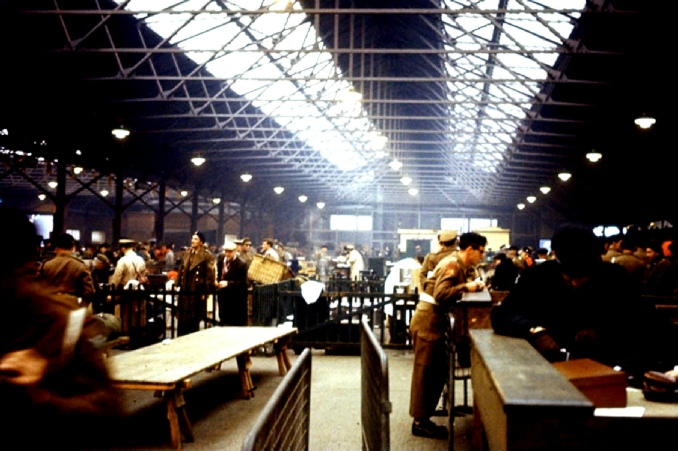
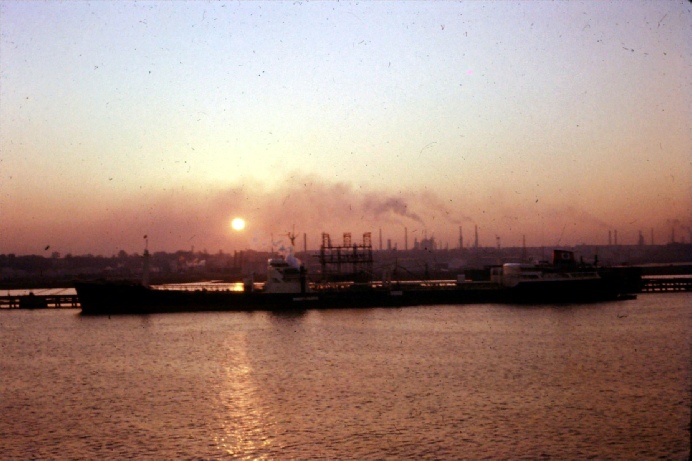
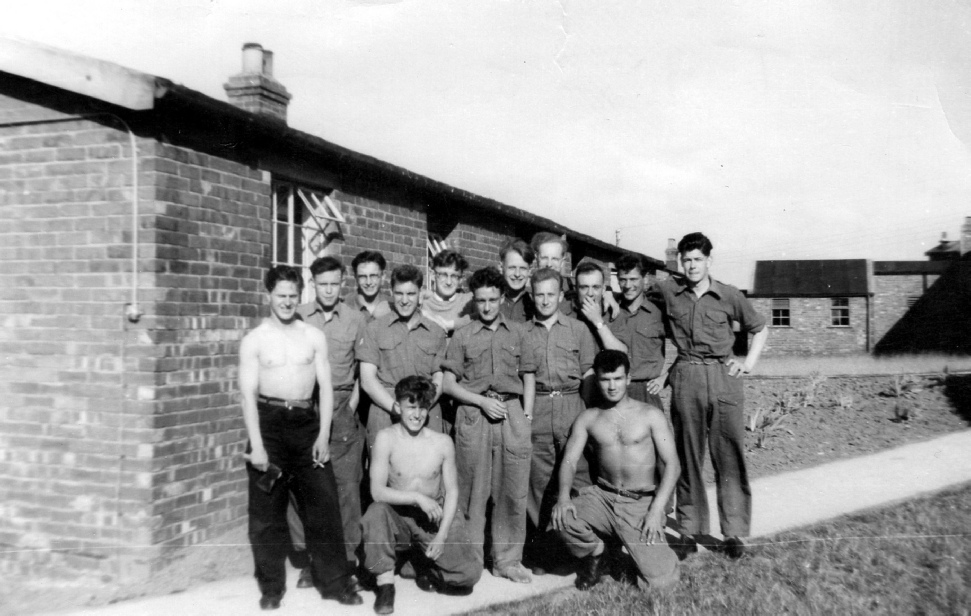
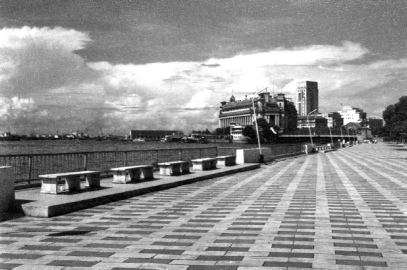
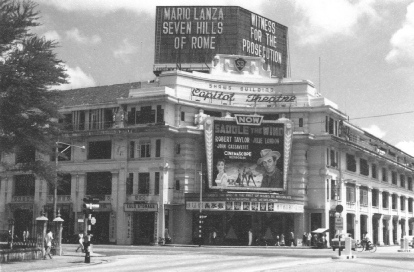
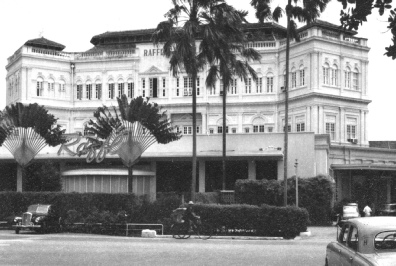
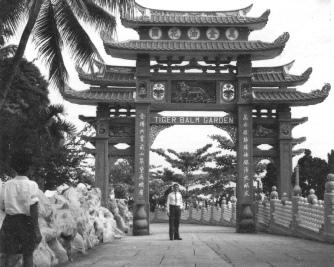
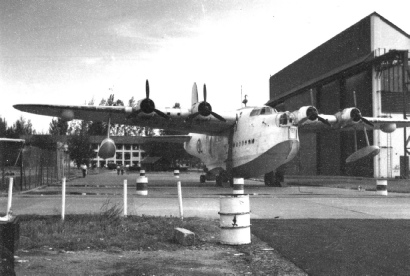
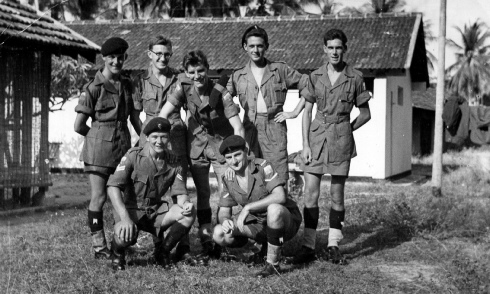
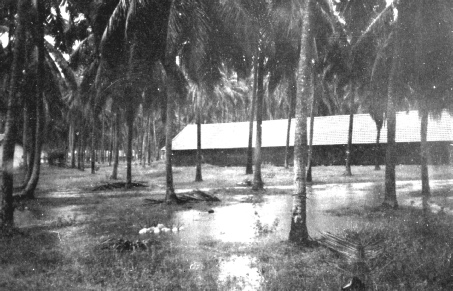
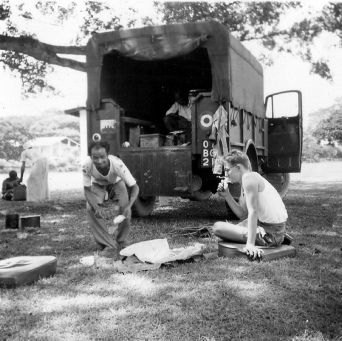
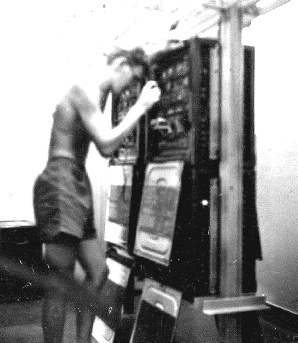
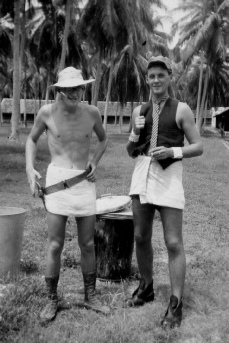
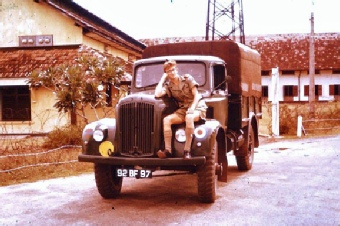
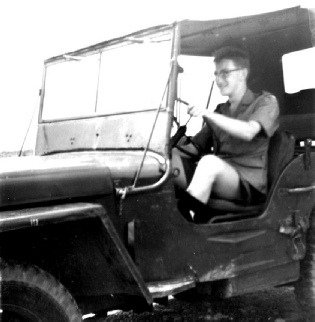
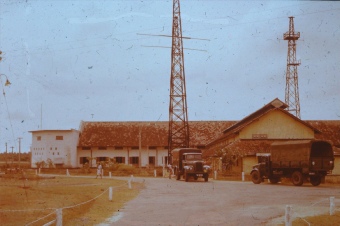
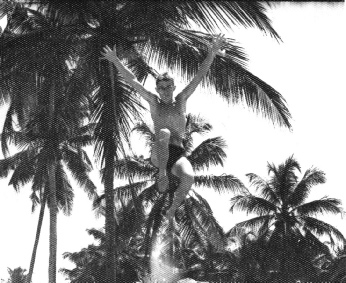
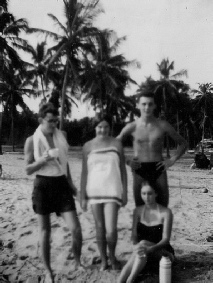
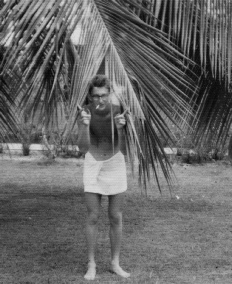
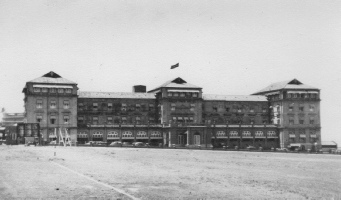
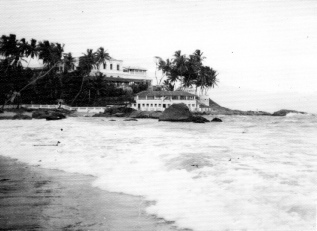
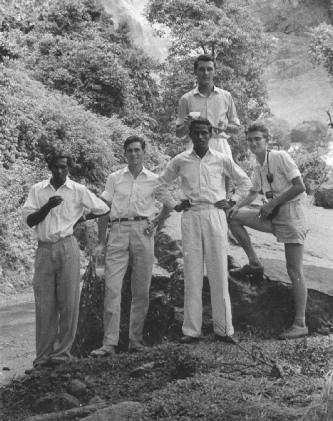
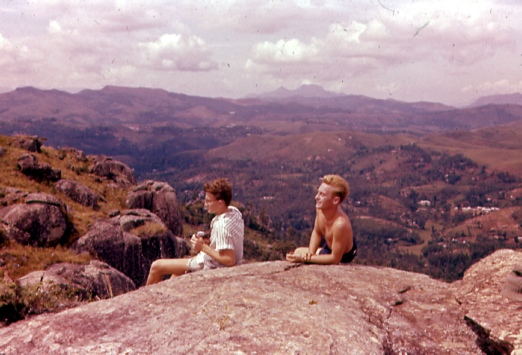
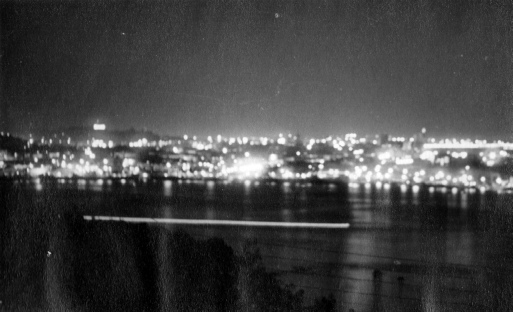
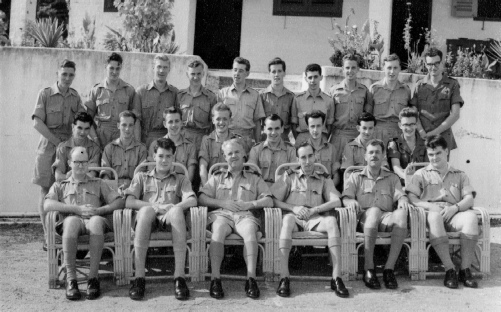
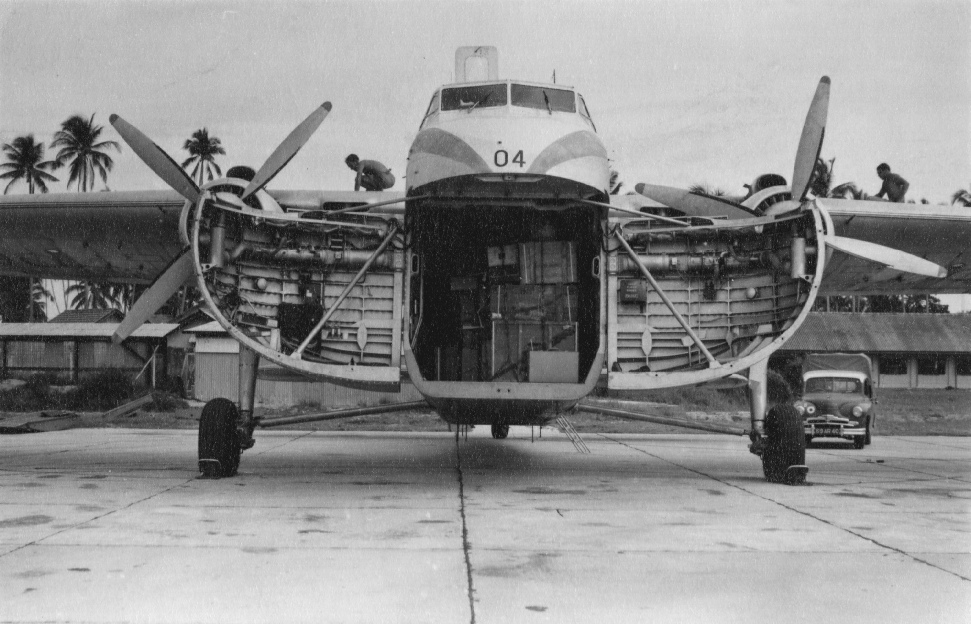
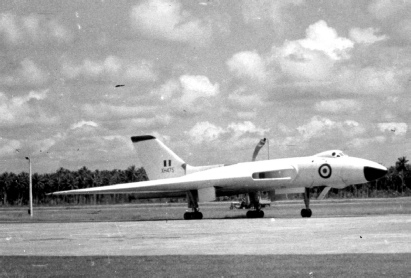
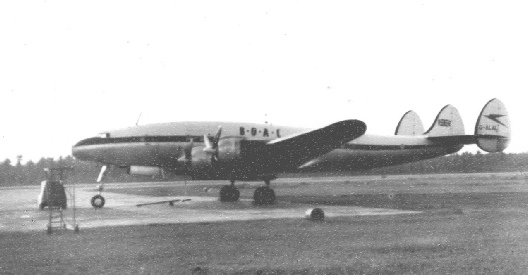
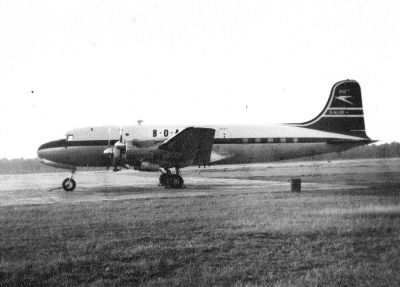
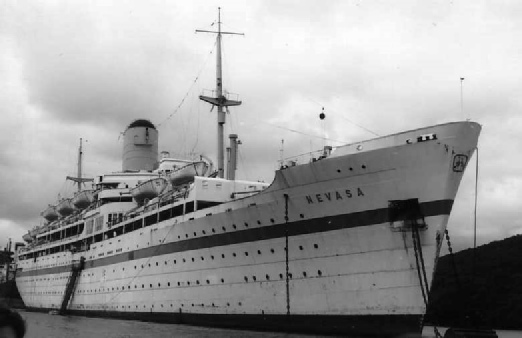
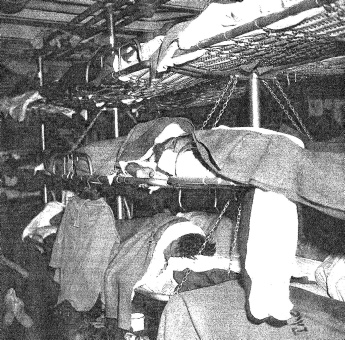
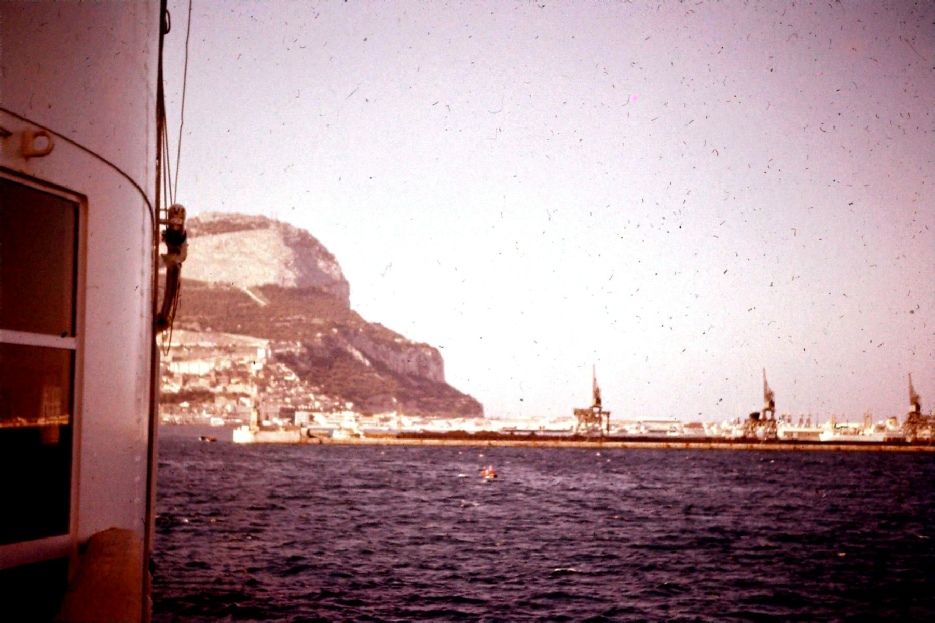
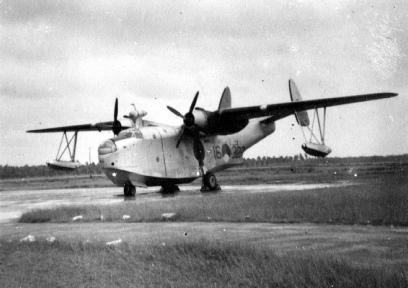
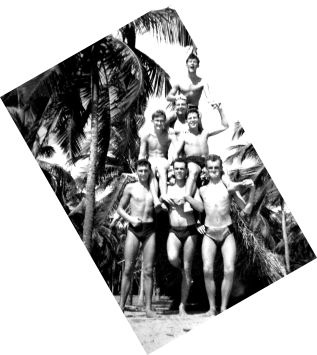
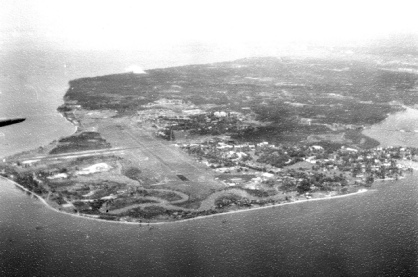
 There was a time when every male at the age of 18 was required to serve 2 years in the Army, Navy or Air Force. There were exceptions – you were allowed to finish an apprenticeship or a further education course.
There was a time when every male at the age of 18 was required to serve 2 years in the Army, Navy or Air Force. There were exceptions – you were allowed to finish an apprenticeship or a further education course.